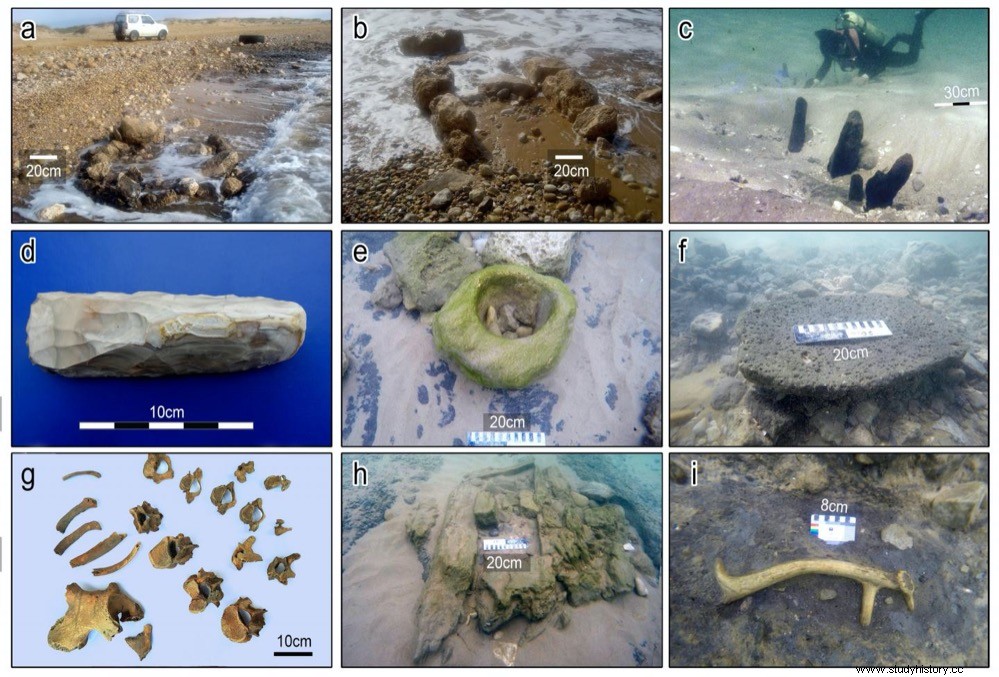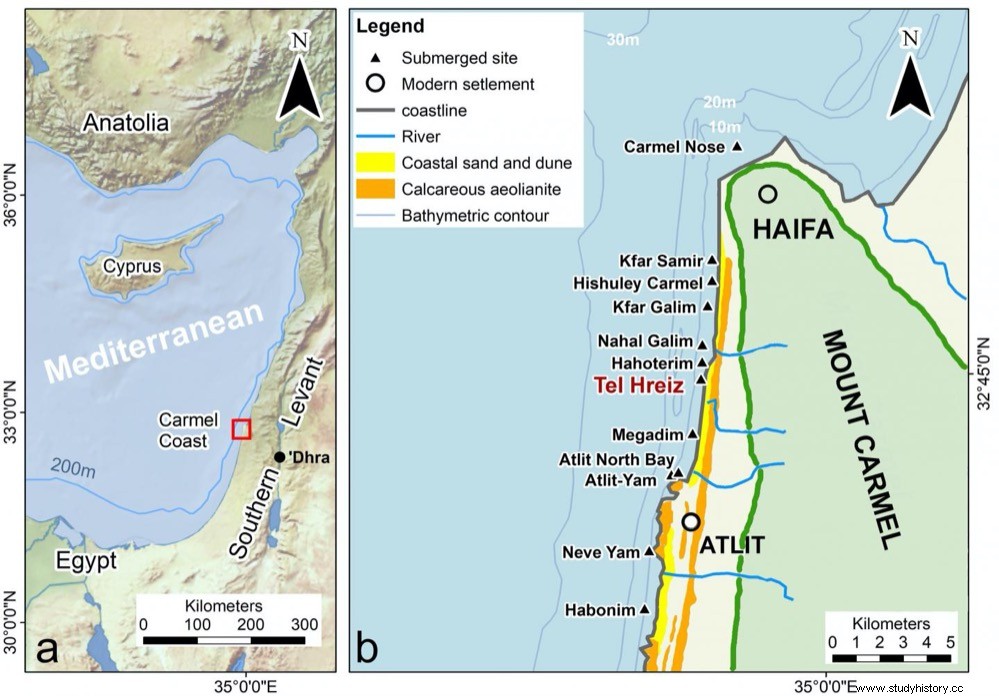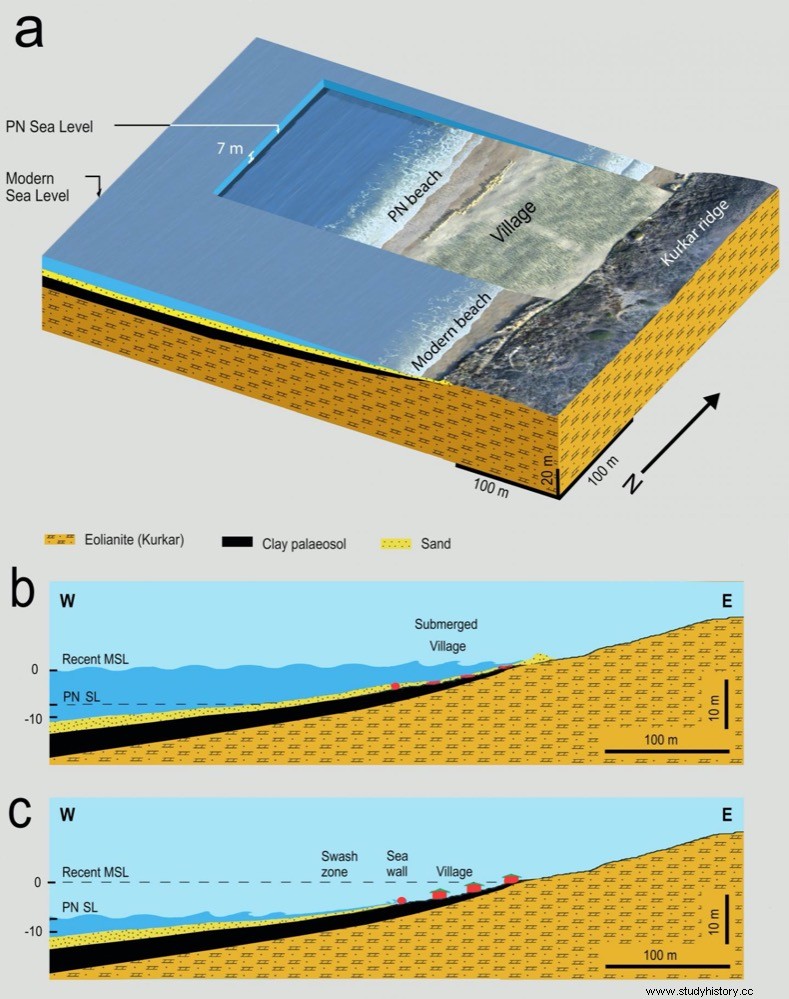Ancient Neolithic settlers on Israel's Carmel Coast built a dam to protect their settlement against rising Mediterranean sea levels, revealing that humanity's struggle against rising oceans and flooding dates back thousands of years. years ago.
An international team of researchers from the University of Haifa, Australia's Flinders University, the Israel Antiquities Authority and the Hebrew University discovered and analyzed the world's oldest known coastal defense system, built by ancient settlers from of rocks from the river beds at a distance of 1 to 2 kilometers near his village.

In a study published in PLOS ONE, Dr. Ehud Galili, from the Zinman Institute of Archeology at the University of Haifa, explains that the dam, more than 100 meters long, turned out to be a temporary relief and that the ancient village was eventually abandoned and flooded.
This discovery provides new insights into ancient human responses to current threats posed by sea level rise.

During the Neolithic, Mediterranean populations would have experienced a rise in sea level of 4 to 7 millimeters per year or approximately 12 to 21 centimeters during their lifetime (up to 70 centimeters in 100 years). This rate of sea level rise means that the frequency of destructive storms damaging the village would have increased significantly says Dr. Galili.
Environmental changes would have been noticeable to people during the life of a settlement over several centuries. Finally, the sea level that was rising annually necessitated a human response that involved the construction of a coastal protection wall similar to the one we are now seeing around the world .

In a scenario comparable to the sinking of the Indonesian capital of Jakarta today, ancient Tel Hreiz was built to a safe height of up to 3 meters above sea level, but post-glacial sea level rises of up to 7 millimeters a year posed a threat to settlers and their homes.
Dr Jonathan Benjamin of Australia's Flinders University says the Tel Hreiz settlement was first recognized as a potential archaeological site in the 1960s, but relevant areas that were exposed by natural processes in 2012 revealed this previously unknown archaeological material.
Similar built structures are not known at any of the other submerged towns in the region, making the Tel Hreiz site a unique example of this visible evidence of human response to Neolithic sea level rise .
Modern sea level rise has already caused the erosion of lowland coastlines around the world. Given the size of coastal populations and settlements, the magnitude of projected future population movements differs considerably from the impacts on people during the Neolithic period .
Current estimates predict that sea level rise in the 21st century will range between 1.7 and 3 millimeters per year, which represents a minor change compared to the threat experienced by the Neolithic community that built the ancient sea wall, however However, according to the authors, many of the same challenges will arise.
Many of the fundamental human questions and decision-making related to human resilience, coastal defense, technological innovation, and decisions to eventually abandon long-standing settlements remain relevant says Dr. Galili.
